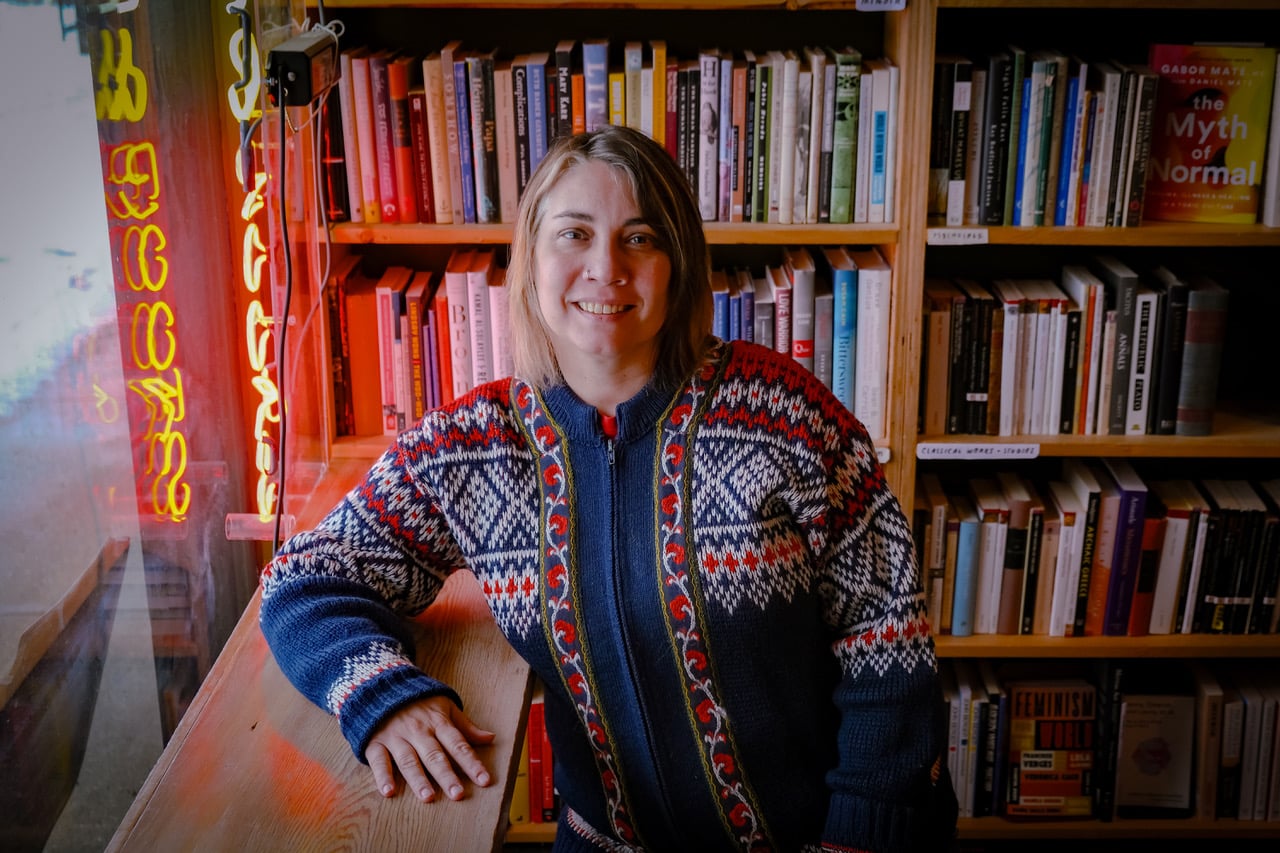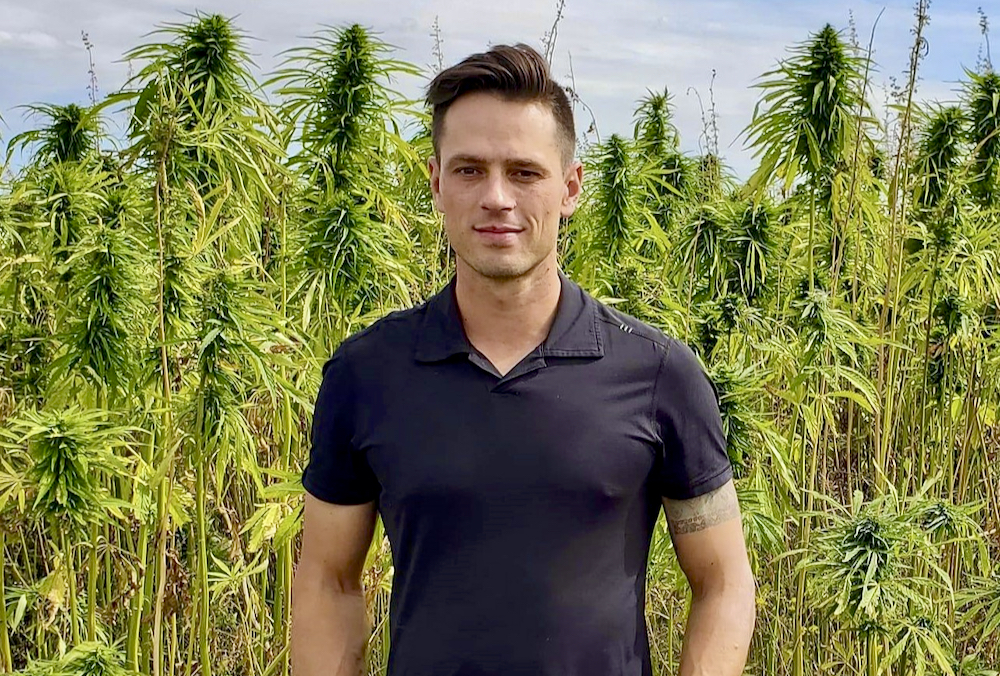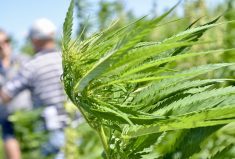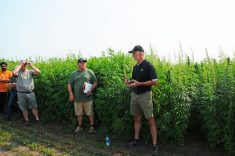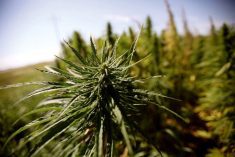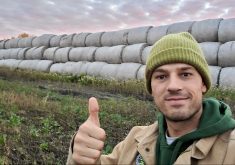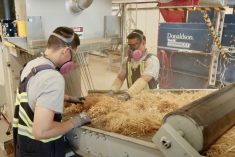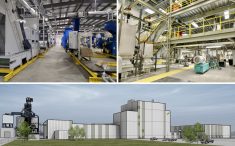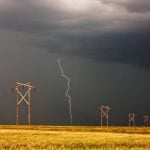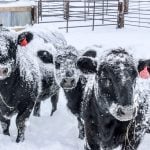It’s been one thing after another, but production is nearly ready to start at the largest hemp plant in North America.
“We’re finally there at the end of the tunnel,” said Aaron Barr, CEO of Canadian Rockies Hemp Corporation. “We are now getting equipment inside and hope to get our first decortication production line ready in April.”
The company began construction on its main decortication facility in Bruderheim a year ago, but because of supply chain issues, the completion date is about six months behind schedule.
Read Also
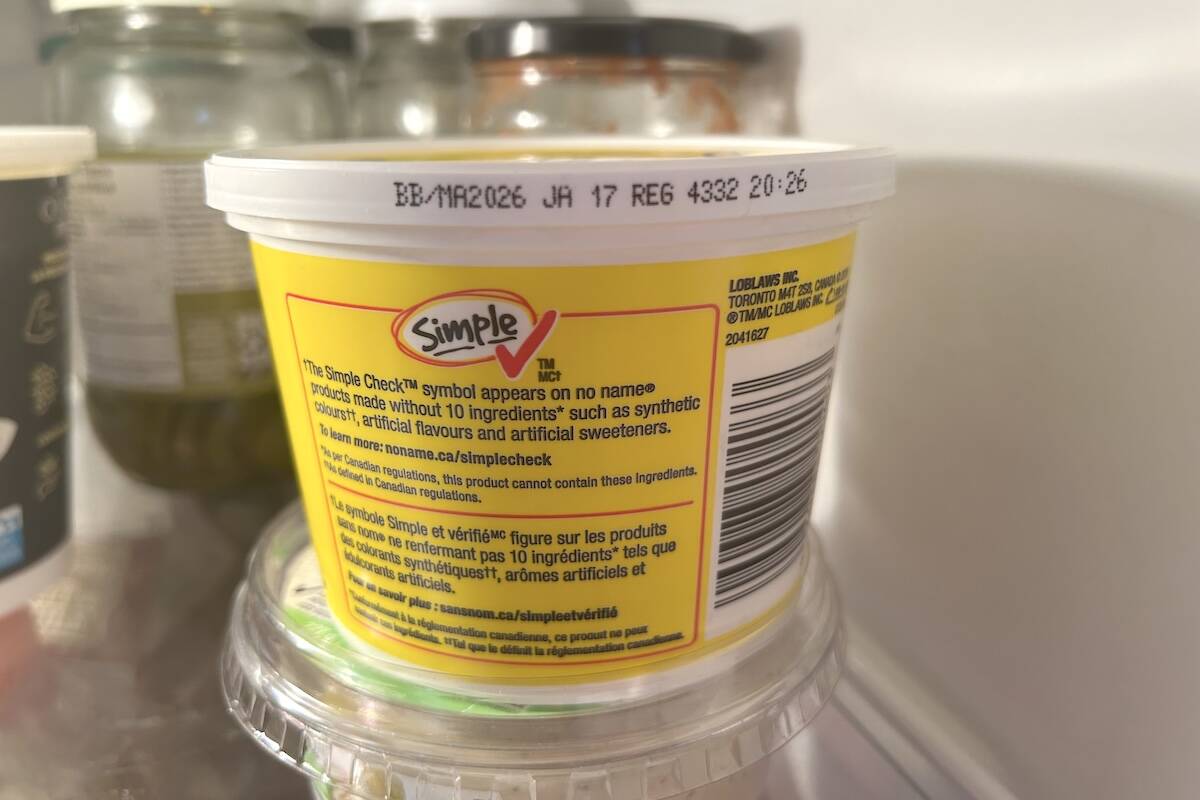
Best before doesn’t mean bad after
Best before dates are not expiry dates, and the confusion often leads to plenty of food waste.
“Anything coming from Asia and arriving in Vancouver and coming across has been a disaster,” said Barr.
But on the bright side, hemp production was decent last year, he said.
Hemp generally does well under heat and drought conditions, but last year was too extreme. Yields were down about 25 per cent but hemp still performed better than many other crops, said Barr.
“Last year was tough with the drought and heat. We still had some pretty good producing crops within it,” he said.
In 2021, Canadian Rockies Hemp contracted about 25 single-purpose growers, who grew about 5,000 acres of hemp for fibre, and have purchased from a dozen other growers.
This year, the company is looking to triple its single-purpose acres, and its agronomist is out talking to growers right now. The grower model is that the farmer seeds and sprays the crop, while the company offers full custom harvesting.
It contracts with growers within 150 kilometres of Bruderheim, including Athabasca, Lloydminster, Red Deer and Westlock. It is expanding to the Peace Region and looking for about 1,500 to 2,000 acres up there this year, said Barr.
While the supply chain issues have stopped the company beginning operations as quickly as hoped, there’s been a silver lining because they’ve affected competing sectors and that’s increased demand for hemp.
“We’re competing against lumber, wood pulp, cotton, synthetic fibres and overseas hemp fibres,” he said. “Almost all those markets have seen drastic increases in prices and unavailability.”
Currently, manufacturers in North America are really struggling to get raw materials, he added.
“We’ve seen a really big demand in manufacturers looking for hemp raw materials, because they are becoming available in North America,” said Barr. “We’re able to take away from other industries because they’ve been having supply chain issues as well, and price points have all been increased. We’re giving manufacturers and consumers another option of eco-friendly raw materials that are now available.”
The company pitches hemp as a green material that sequesters carbon and improves soil health.
“We’re trying to provide education to our producers and our manufacturers about the benefits of hemp,” he said.
Decortication is the process of separating the hemp skin from the stalk of the plant, removing the fibre (bast) from the woody inner core of the plant (hurd). Currently, the company separates the fibre from the hurd to create its two main hemp products. A third, lower-end product is hemp pellets, which can be used for things such as cat litter, absorption products and for heating.
“We take different qualities of feedstock and produce a wide range of materials,” said Barr. “We can then do value-added processing from there, so taking that decorticated fibre and hurd, doing another refinement and making them have specific qualities for high-value industries.”
About 25 per cent of the fibre stays within Canada, while 75 per cent is exported.
“For the bast fibre, one of the biggest clients is actually out of Eastern Canada. They make insulation out of fibres, which is a growing industry. There’s some serious infrastructure being built in North America for hemp fibre and insulation.”
About 50 per cent of the hurd stays in Canada, while the other half goes to the U.S. It is used in hempcrete for building materials and for animal bedding.
Barr said the fact that hemp has a domestic and international market is a big plus.
“Obviously we want to promote manufacturing in Canada and North America,” he said. “We’ve been working with lots of universities and research groups to continue to provide our materials to do product development.
“We’ve seen some really cool products start to emerge. Composites are going to be one market that really takes off — doing different biocomposites and plastics. I can’t quite mention companies yet, but you’re going to see some cool products come to market here in the next year.”
Canadian Rockies Hemp Corporation has just closed another $5.5-million investment to start hemp degumming and upgrading in the Bruderheim area. In this plant, the company will be able to take the lignans and glues out of hemp fibre, and make them suitable for textiles.
The company plans to rent another facility nearby, and ship the fibre to the new building to process it further. It has 20 full-time employees now, and expects to double that within the next six months.
“It will take two years to build a whole new facility, so we are going to rent while we build up that technology,” said Barr.

